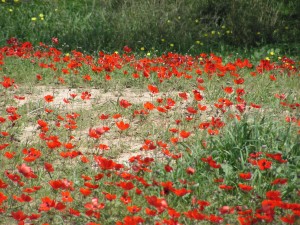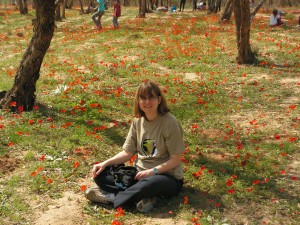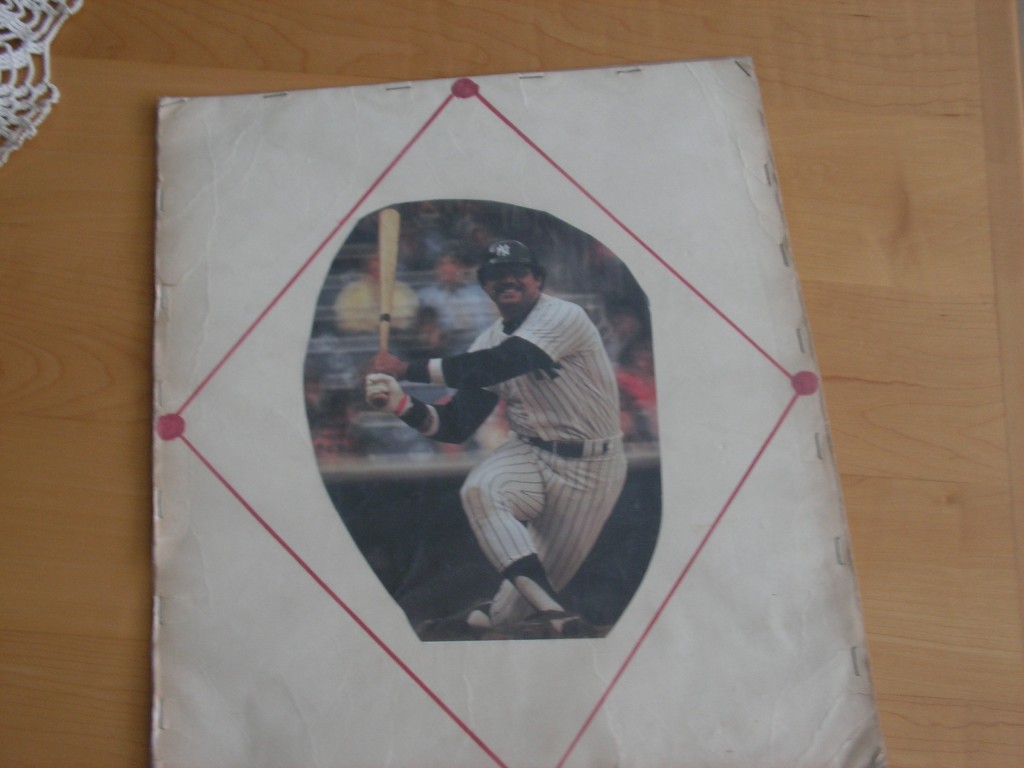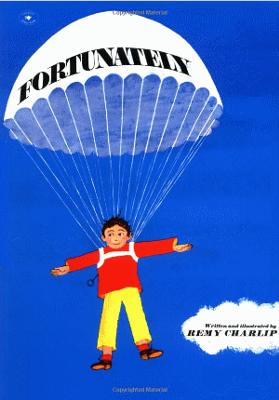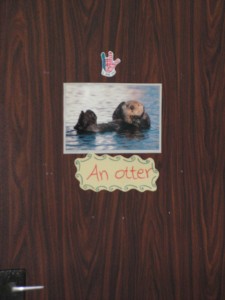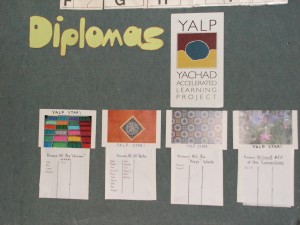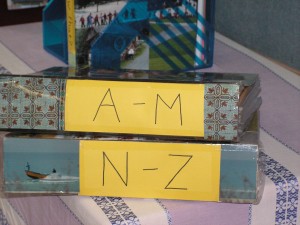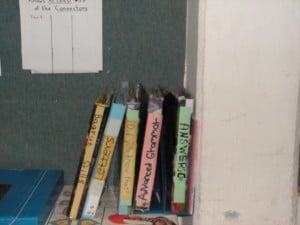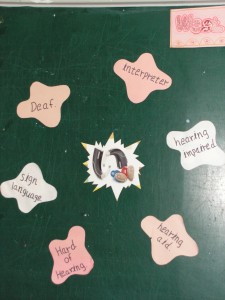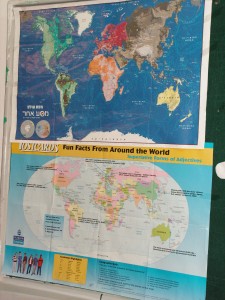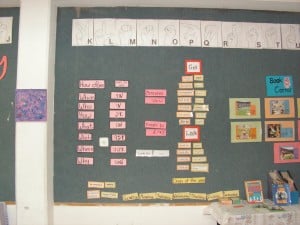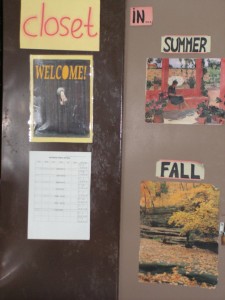I don’t do creative writing with pupils whose vocabulary in Enlgish is so small (in 10th grade!) that we could sit down and count it.
However, since I’ve entered the world of blogosphere and started experimenting with all this new stuff, interesting things have been happening. And since, as usual, these 30 goal challenges seem to be have a direct link to current events in my classroom, here’s a brand new story related to goal 21: encourage creativitity! I thought I would write about slideshows some of the kids made for the poem “The Road Not Taken” but there’s not really much to tell.
A story in three parts (so far):
Part One
Our beloved retired volunteers, Linda and John ( a married couple) were away for 3 weeks. When they returned, Linda sat down next to a very weak 10th grade hard of hearing pupil, who we’ll call H., who wanted to know where she had been. I told H. that she could ask Linda what she wanted to know and that we would write a story about it together.
When H. heard that Linda had just returned from Cuba she exclaimed ” But that’s a name of a food” (Kibbeh in Israel is pronouinced Kubbeh)! We put a hold on the activity until Linda took H. to the map on the wall…
H. asked the questions in Hebrew and I wrote out Linda’s answers in simple English. Here’s the story we produced:
Linda went to Cuba and Costa Rica. It is far away. She had fun. She saw beautiful birds. She went for one week.
H. hadn’t known the words “went” ” fun” “far away” or “birds”.
We read it twice and then I erased one word in each sentence. We did this several times (each time only one word a sentence) . H. really concentrated and was very proud of herself that she completed the missing words. Linda copied the story off the board and she put it in the binder.
Now, that may sound educational but hardly creative writing.
Part Two
Later in the day H. had another lesson, without Linda. Using the story we wrote about two vacations she went on, replacing info in the original story (such as: Eilat instead of Cuba, dolphins instead of birds, one week instead of three). She was very focused.
Part Three
Two days later she came to class, pulled out the story and said: What are we going to do with MY STORY today?
I think that counts as creative writing!
This story isn’t over! To quote Tyson Seburn ” One of the best things you can do with material is milk it for all it’s worth!”

